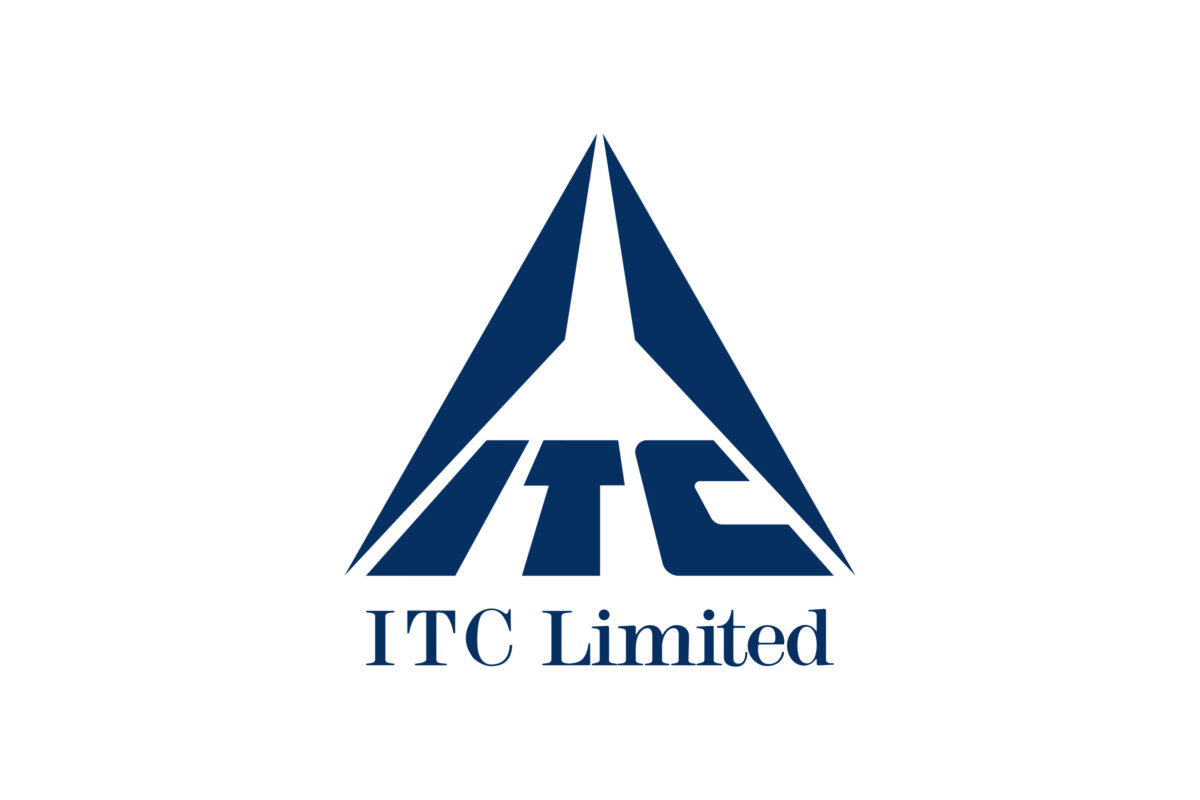Cigarettes-to-hotels conglomerate ITC Ltd. announced on Monday, March 31, that it has decided to acquire the pulp and paper business of Aditya Birla Real Estate, under the name of Century Pulp and Paper on a slump sale basis.
The transaction will be done on a lump sum consideration of ₹3,500 crore on a cash-free, debt-free basis, subject to closing conditions. Century Pulp and Paper has an installed capacity of 4.8 lakh MT per annum.
Here are three key reasons why this deal is a good one:
First, it will increase ITC’s paper capacity immediately by 60% from the current 8 lakh MT per annum to 12.8 lakh MT per annum. For the December quarter, ITC’s paper business contributed to 12.6% of its overall topline of ₹17,052 crore.
Second, Century Paper and Pulp reported revenue of ₹3,375 crore in financial year 2024 and has maintained a similar run-rate over the last three years. The company has also reported an Earnings Before Interest, Tax, Depreciation and Amortisation (EBITDA) of ₹500 crore. This means that the deal will be Earnings Per Share (EPS) accretive for ITC right from the first year.
Additionally, the paper business has been in a cyclical downturn for the last three to four years. A turn of the cycle will improve business metrics for the division as the deal has been done at the bottom of the cycle.
ITC is targeting synergies such as increasing its EBITDA per tonne for the paper business by 30% to 40%, its medium-term Return on Capital Employed (RoCE) to be in the high teens and debottleneck its capacity as well as increase it.
The transaction is likely to be completed in the next six months, subject to statutory approvals and conditions laid down in the Business Transfer Agreement (BTA).
Shares of ITC ended little changed on Friday at ₹410.25. The stock is down 22% from its 2024-peak of ₹528.
Top-notch SEBI registered research analyst
Best SEBI registered Intraday tips provider
Telegram | Facebook | Instagram
Call: +91 9624421555 / +91 9624461555



